Travelers 2015 Annual Report Download - page 151
Download and view the complete annual report
Please find page 151 of the 2015 Travelers annual report below. You can navigate through the pages in the report by either clicking on the pages listed below, or by using the keyword search tool below to find specific information within the annual report.-
 1
1 -
 2
2 -
 3
3 -
 4
4 -
 5
5 -
 6
6 -
 7
7 -
 8
8 -
 9
9 -
 10
10 -
 11
11 -
 12
12 -
 13
13 -
 14
14 -
 15
15 -
 16
16 -
 17
17 -
 18
18 -
 19
19 -
 20
20 -
 21
21 -
 22
22 -
 23
23 -
 24
24 -
 25
25 -
 26
26 -
 27
27 -
 28
28 -
 29
29 -
 30
30 -
 31
31 -
 32
32 -
 33
33 -
 34
34 -
 35
35 -
 36
36 -
 37
37 -
 38
38 -
 39
39 -
 40
40 -
 41
41 -
 42
42 -
 43
43 -
 44
44 -
 45
45 -
 46
46 -
 47
47 -
 48
48 -
 49
49 -
 50
50 -
 51
51 -
 52
52 -
 53
53 -
 54
54 -
 55
55 -
 56
56 -
 57
57 -
 58
58 -
 59
59 -
 60
60 -
 61
61 -
 62
62 -
 63
63 -
 64
64 -
 65
65 -
 66
66 -
 67
67 -
 68
68 -
 69
69 -
 70
70 -
 71
71 -
 72
72 -
 73
73 -
 74
74 -
 75
75 -
 76
76 -
 77
77 -
 78
78 -
 79
79 -
 80
80 -
 81
81 -
 82
82 -
 83
83 -
 84
84 -
 85
85 -
 86
86 -
 87
87 -
 88
88 -
 89
89 -
 90
90 -
 91
91 -
 92
92 -
 93
93 -
 94
94 -
 95
95 -
 96
96 -
 97
97 -
 98
98 -
 99
99 -
 100
100 -
 101
101 -
 102
102 -
 103
103 -
 104
104 -
 105
105 -
 106
106 -
 107
107 -
 108
108 -
 109
109 -
 110
110 -
 111
111 -
 112
112 -
 113
113 -
 114
114 -
 115
115 -
 116
116 -
 117
117 -
 118
118 -
 119
119 -
 120
120 -
 121
121 -
 122
122 -
 123
123 -
 124
124 -
 125
125 -
 126
126 -
 127
127 -
 128
128 -
 129
129 -
 130
130 -
 131
131 -
 132
132 -
 133
133 -
 134
134 -
 135
135 -
 136
136 -
 137
137 -
 138
138 -
 139
139 -
 140
140 -
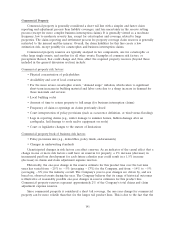 141
141 -
 142
142 -
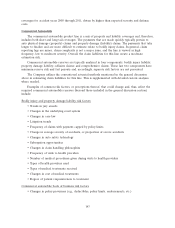 143
143 -
 144
144 -
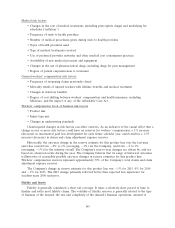 145
145 -
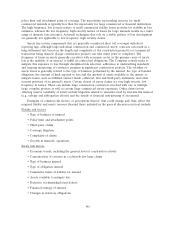 146
146 -
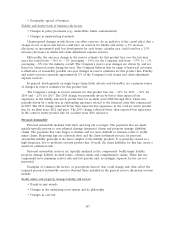 147
147 -
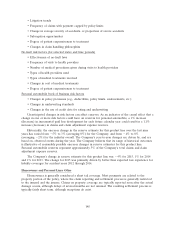 148
148 -
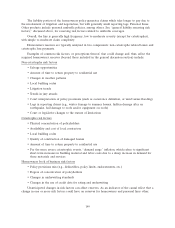 149
149 -
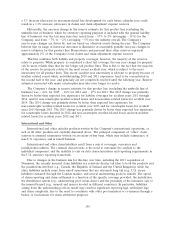 150
150 -
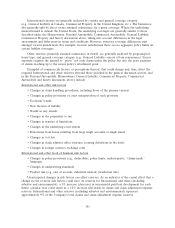 151
151 -
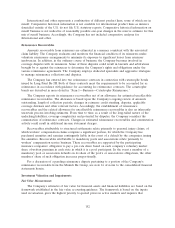 152
152 -
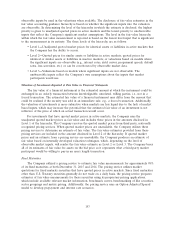 153
153 -
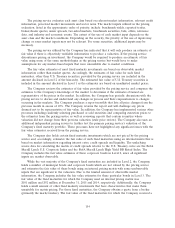 154
154 -
 155
155 -
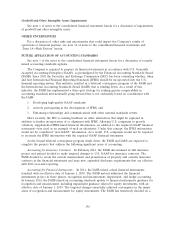 156
156 -
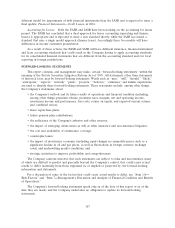 157
157 -
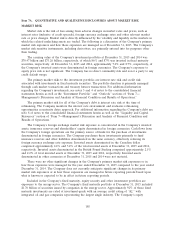 158
158 -
 159
159 -
 160
160 -
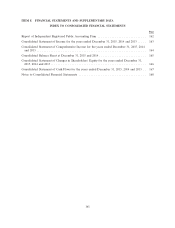 161
161 -
 162
162 -
 163
163 -
 164
164 -
 165
165 -
 166
166 -
 167
167 -
 168
168 -
 169
169 -
 170
170 -
 171
171 -
 172
172 -
 173
173 -
 174
174 -
 175
175 -
 176
176 -
 177
177 -
 178
178 -
 179
179 -
 180
180 -
 181
181 -
 182
182 -
 183
183 -
 184
184 -
 185
185 -
 186
186 -
 187
187 -
 188
188 -
 189
189 -
 190
190 -
 191
191 -
 192
192 -
 193
193 -
 194
194 -
 195
195 -
 196
196 -
 197
197 -
 198
198 -
 199
199 -
 200
200 -
 201
201 -
 202
202 -
 203
203 -
 204
204 -
 205
205 -
 206
206 -
 207
207 -
 208
208 -
 209
209 -
 210
210 -
 211
211 -
 212
212 -
 213
213 -
 214
214 -
 215
215 -
 216
216 -
 217
217 -
 218
218 -
 219
219 -
 220
220 -
 221
221 -
 222
222 -
 223
223 -
 224
224 -
 225
225 -
 226
226 -
 227
227 -
 228
228 -
 229
229 -
 230
230 -
 231
231 -
 232
232 -
 233
233 -
 234
234 -
 235
235 -
 236
236 -
 237
237 -
 238
238 -
 239
239 -
 240
240 -
 241
241 -
 242
242 -
 243
243 -
 244
244 -
 245
245 -
 246
246 -
 247
247 -
 248
248 -
 249
249 -
 250
250 -
 251
251 -
 252
252 -
 253
253 -
 254
254 -
 255
255 -
 256
256 -
 257
257 -
 258
258 -
 259
259 -
 260
260 -
 261
261 -
 262
262 -
 263
263 -
 264
264 -
 265
265 -
 266
266 -
 267
267 -
 268
268 -
 269
269 -
 270
270 -
 271
271 -
 272
272 -
 273
273 -
 274
274 -
 275
275 -
 276
276 -
 277
277 -
 278
278 -
 279
279 -
 280
280 -
 281
281 -
 282
282 -
 283
283 -
 284
284 -
 285
285 -
 286
286 -
 287
287
 |
 |

International reserves are generally analyzed by country and general coverage category
(e.g., General Liability in Canada, Commercial Property in the United Kingdom, etc.). The business is
also generally split by direct versus assumed reinsurance for a given coverage. Where the underlying
insured hazard is outside the United States, the underlying coverages are generally similar to those
described under the Homeowners, Personal Automobile, Commercial Automobile, General Liability,
Commercial Property and Surety discussions above, taking into account differences in the legal
environment and differences in terms and conditions. However, statutory coverage differences exist
amongst various jurisdictions. For example, in some jurisdictions there are no aggregate policy limits on
certain liability coverages.
Other reserves, primarily assumed reinsurance in runoff, are generally analyzed by program/pool,
treaty type, and general coverage category (e.g., General Liability—excess of loss reinsurance). Excess
exposure requires the insured to ‘‘prove’’ not only claims under the policy, but also the prior payment
of claims reaching up to the excess policy’s attachment point.
Examples of common risk factors, or perceptions thereof, that could change and, thus, affect the
required International and other reserves (beyond those included in the general discussion section, and
in the Personal Automobile, Homeowners, General Liability, Commercial Property, Commercial
Automobile and Surety discussions above) include:
International and other risk factors
• Changes in claim handling procedures, including those of the primary carriers
• Changes in policy provisions or court interpretation of such provision
• Economic trends
• New theories of liability
• Trends in jury awards
• Changes in the propensity to sue
• Changes in statutes of limitations
• Changes in the underlying court system
• Distortions from losses resulting from large single accounts or single issues
• Changes in tort law
• Changes in claim adjuster office structure (causing distortions in the data)
• Changes in foreign currency exchange rates
International and other book of business risk factors
• Changes in policy provisions (e.g., deductibles, policy limits, endorsements, ‘‘claims-made’’
language)
• Changes in underwriting standards
• Product mix (e.g., size of account, industries insured, jurisdiction mix)
Unanticipated changes in risk factors can affect reserves. As an indicator of the causal effect that a
change in one or more risk factors could have on reserves for International and other (excluding
asbestos and environmental), a 1% increase (decrease) in incremental paid loss development for each
future calendar year could result in a 1.2% increase (decrease) in claims and claim adjustment expense
reserves. International and other reserves (excluding asbestos and environmental) represent
approximately 9% of the Company’s total claims and claim adjustment expense reserves.
151
